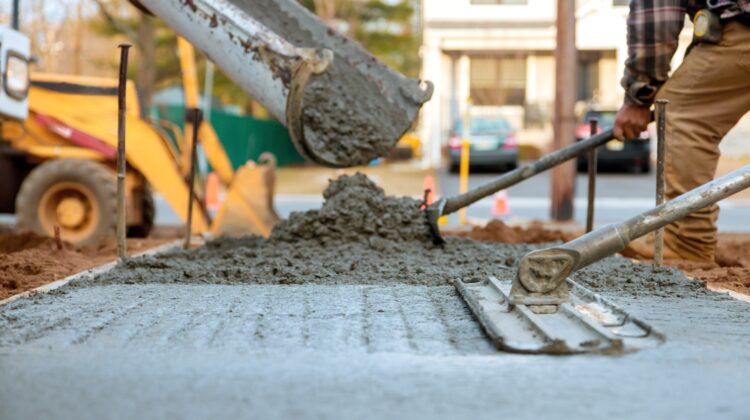
Eco-Friendly Design: Building a Sustainable Tomorrow
Eco-Friendly Design: Building a Sustainable Tomorrow
As climate change becomes a global concern, the construction industry plays a crucial role in reducing environmental impact. Eco-friendly design has emerged as a powerful approach to creating sustainable spaces that harmonize with nature while meeting human needs. It focuses on energy efficiency, renewable materials, and sustainable building practices — helping us build responsibly for the future.
In India, architects and developers are increasingly adopting eco-friendly design principles to promote green living and minimize carbon footprints in residential and commercial projects.
What Is Eco-Friendly Design?
Eco-friendly design, also known as sustainable or green design, refers to creating buildings and spaces that minimize environmental harm and promote long-term sustainability. It emphasizes efficient resource use, reduced waste generation, and enhanced indoor air quality.
The core philosophy of eco-friendly design is to design with nature — ensuring that every material, process, and system contributes to environmental well-being and human comfort.
Key Principles of Eco-Friendly Design
1. Energy Efficiency
One of the primary goals of eco-friendly design is to reduce energy consumption. This can be achieved through natural lighting, proper ventilation, thermal insulation, and energy-efficient appliances. The integration of solar panels and smart building systems also plays a key role in achieving sustainable performance.
2. Sustainable Materials
Using green materials such as bamboo, recycled steel, reclaimed wood, and low-VOC paints is central to eco-friendly design. These materials reduce environmental degradation and promote healthier living conditions.
3. Water Conservation
Incorporating rainwater harvesting systems and water-efficient fixtures ensures minimal water wastage. This aspect of eco-friendly design supports India’s growing need for water-efficient infrastructure.
4. Waste Management
Sustainable construction emphasizes waste management during and after building projects. Recycling and reusing materials reduce landfill waste and lower the building’s overall carbon footprint.
5. Connection with Nature
Eco-friendly often incorporates biophilic elements such as green roofs, vertical gardens, and natural light to create a deeper connection between occupants and the environment.
Benefits of Eco-Friendly Design
1. Environmental Sustainability
Eco-friendly reduces the strain on natural resources by optimizing energy and material use. It helps mitigate climate change and promotes biodiversity through green landscapes and sustainable planning.
2. Cost Savings
Although eco-friendly design might have slightly higher upfront costs, it results in long-term savings through reduced energy bills, lower maintenance expenses, and enhanced building efficiency.
3. Health and Comfort
With improved indoor air quality, natural lighting, and non-toxic materials, eco-friendly ensures that occupants live and work in healthier environments.
4. Increased Property Value
Buildings incorporating eco-friendly design principles often have higher resale values and attract environmentally conscious investors and buyers.
5. Compliance with Green Standards
Many eco-friendly design projects qualify for certifications such as LEED or IGBC, reflecting their commitment to sustainability and environmental performance.

Eco-Friendly Design in India
India has made significant strides in adopting eco-friendly across residential, commercial, and institutional projects. From solar-powered office buildings to sustainable housing developments, the country’s construction sector is embracing a green revolution.
Organizations like the Indian Green Building Council (IGBC) promote eco-friendly design through certifications, research, and innovation. You can learn more about India’s green initiatives by visiting the IGBC official website.
How to Incorporate Eco-Friendly Design in Construction
Implementing eco-friendly is easier than ever with modern materials and technology. Here’s how architects and builders can get started:
-
Plan for Natural Ventilation: Position windows and openings strategically to enhance airflow.
-
Use Renewable Materials: Opt for locally sourced, recycled, or low-impact building materials.
-
Install Renewable Energy Systems: Integrate solar panels or wind turbines for energy generation.
-
Incorporate Green Roofs or Walls: Add vegetation to absorb heat, filter air, and boost aesthetics.
-
Adopt Smart Building Technology: Monitor and control lighting, HVAC, and water usage efficiently.
To learn how to integrate eco-friendly principles into your next project, contact AMS India. Their team specializes in sustainable construction and innovative architectural solutions.
The Future of Eco-Friendly Design
Eco-friendly is not just a trend — it’s the foundation of the future of construction. As global awareness of environmental issues grows, sustainable design practices will continue to redefine how we build, live, and interact with our surroundings.
By embracing eco-friendly , we can create spaces that are not only functional and beautiful but also respectful of nature — paving the way for a healthier, greener, and more sustainable tomorrow.
Read more related articles to enhance your knowledge and make informed decisions
Cost-Effective Modular Construction: Fast, and Sustainable Building Solutions
Smart Modular Buildings: Innovative, Efficient, and Sustainable Construction








